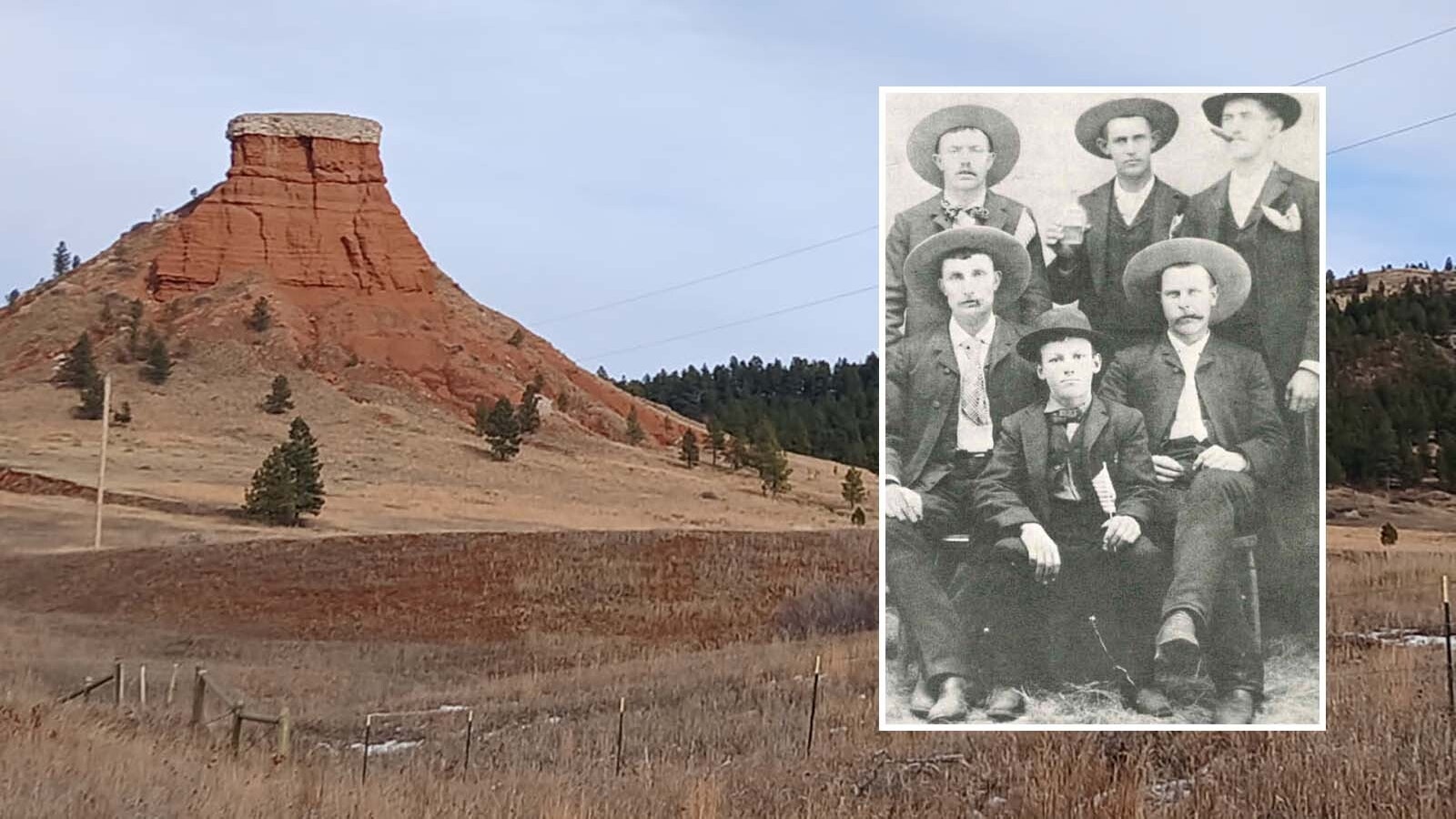This week’s eruption of Volcan de Fuego in Guatemala captivated the world with spectacular displays of lightning repeatedly striking the active volcano. As ash billowed out from the caldera, viral video shows massive bolts of lightning emerged from the cloud and forked across the night sky.
Volcan de Fuego is one of the world’s most active volcanoes, but the phenomenon of being struck by lightning while erupting isn’t exclusive to it.
Mike Poland, scientist-in-charge of the Yellowstone Volcano Observatory, said any erupting volcano has the potential to create electrifying displays of volcanic lightning.
“When you put all of this ash into the atmosphere, it creates the right sort of conditions for electrical charges to bounce around and produce a lot of lightning,” he told Cowboy State Daily.
Charging Up The Cloud
Volcanoes can generate a lot of meteorological and atmospheric phenomena when they erupt. Volcanic lightning is the result of static electricity generated by the collision of ash particles in the plume of an erupting volcano.
“The volcano erupts and puts a lot of ash (particles) into the atmosphere that's electrostatically charged and interacting with one another,” Poland said. “It’s really common in volcanic plumes. The most intense lightning storms on Earth occur in volcanic clouds.”
Humanity’s fascination with volcanic lightning goes back thousands of years. Roman historian Pliny the Younger wrote about “the transient blaze of lightning” in the volcanic plume of Mount Vesuvius as it consumed Pompeii in 79 A.D., and the phenomenon has been observed in hundreds of eruptions since.
Thunderstorm lightning is generated from the electrifying collision of ice particles in clouds. Volcanic lightning doesn’t need ice to generate electricity, although it might contribute to more intense lightning bolts.
A 2010 study by vulcanologist Stephen McNutt suggests that super-heated volcanic plumes could contain more water than thunderstorm clouds. That could explain the “dirty thunderstorms” phenomenon where volcanic ash falls to earth in an intense torrent of mud.
No Sparks Over Yellowstone
The supervolcano simmering under Yellowstone National Park isn’t erupting, and there is no threat of an imminent eruption. But would it have similarly spectacular displays of lightning if it did?
Volcanic ash is usually generated by volcanoes that erupt explosively as opposed to effusive eruptions like those of Mauna Loa, the largest active volcano on Earth in Hawaii. Since Yellowstone is a volcano that would erupt explosively, Poland speculates that there would be plenty of volcanic lightning in the plume generated by the caldera.
“Any volcano that's putting a lot of ash into the atmosphere will generate a lot of volcanic lightning,” he said.
Plenty of plumes are constantly emanating from Yellowstone, but those are plumes of volcanic gases rather than volcanic ash. Poland said the gases of Yellowstone don’t have the composition needed to generate lightning.
“There may be different types of gas that come out during eruptions,” he said. “But it’s the particulates of ash that create the charge to generate lightning. The diffuse gas emissions we've seen from Yellowstone just can't do that.”
Any lightning over Yellowstone is generated through normal meteorological processes. If an intense lightning storm like the one recorded at Volcan de Fuego were seen over the park, it’d be a sign that one of the planet’s largest volcanoes was erupting.
Volcanic lightning “is one of the ways to detect the volcanic cloud in a situation where you might not be able to see it,” Poland said. “If there’s a sudden density of lightning strikes all over the place around a known volcano, it might be because that volcano is erupting.”
Anyone fortunate enough to witness volcanic lightning over Yellowstone National Park should probably stop what they’re doing and enjoy the show. If that’s an indication of what’s happening beneath their feet, there probably won’t be much time to see anything else while they’re there.
Contact Andrew Rossi at arossi@cowboystatedaily.com
Andrew Rossi can be reached at arossi@cowboystatedaily.com.









